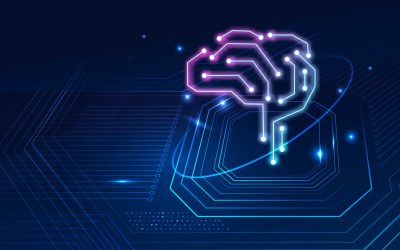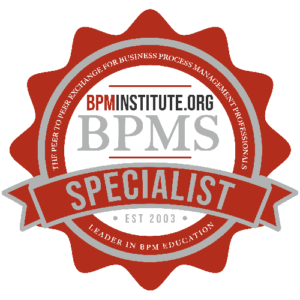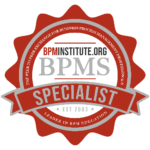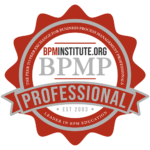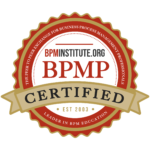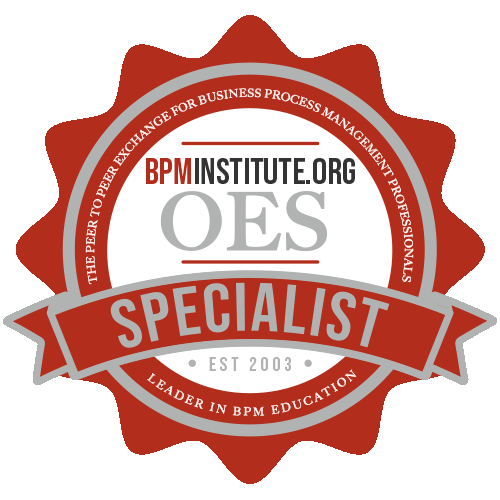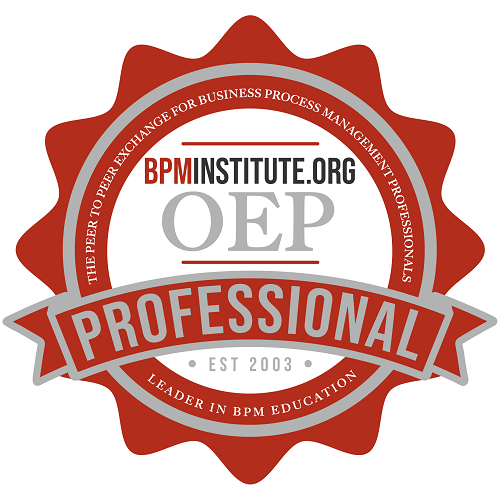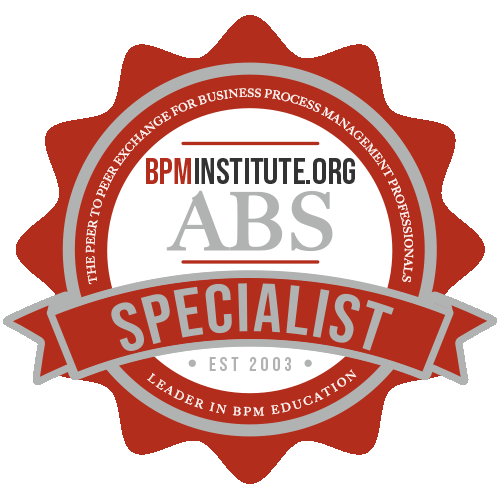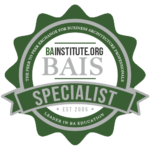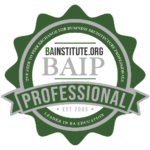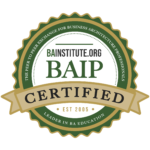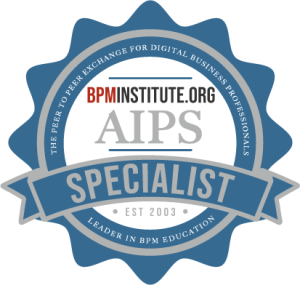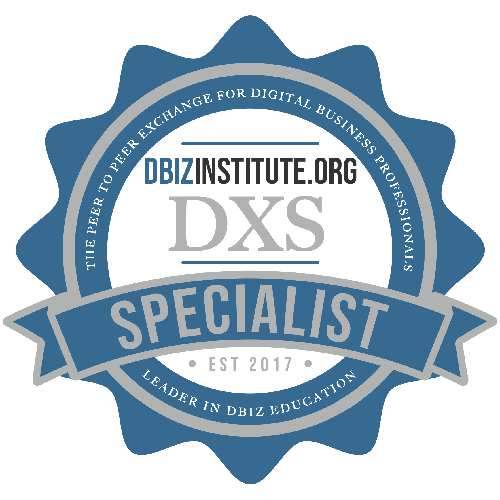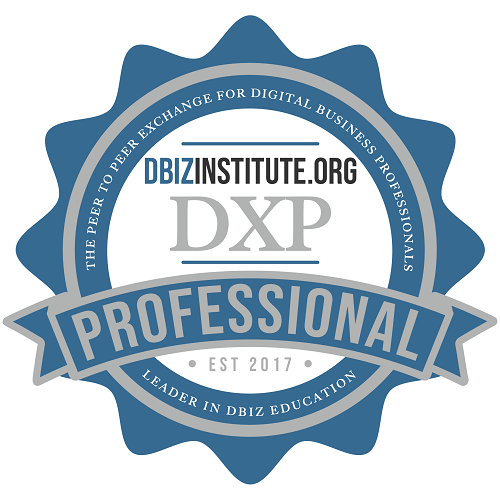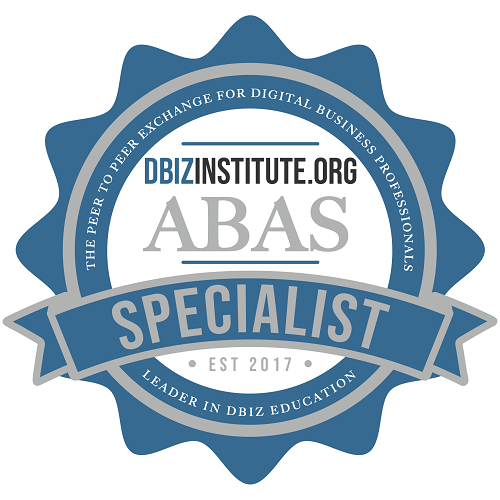Editors Note: BPMInstitute is excited to share this article, written by Dr. Setrag Khoshafian, with our community and in advance of his new book release. Keep an eye on our website as we share additional articles in the coming months written by Setrag, as well as a pending Meet the Author webcast to discuss his new book ‘How to Alleviate Digital Transformation Debt’ expected to air Fall 2021. This article was originally published on CognitiveWorld.com on August 1, 2020.
This is the second article in the post-Covid-19 Digital Transformation Debts series. Part 1 covered the essential dimension of the Culture that is shifting towards virtualization, flat organizations, home-office environments, and servant leadership.
Organizations are now facing tremendous challenges to cut costs—becoming lean—while delivering high-quality products and services. The Covid-19 pandemic has created incredibly challenging and trying times for businesses across the board. In subsequent parts of this article series, we shall also cover innovation and entrepreneurship, which are also essential for survival (stay tuned!).
Value Stream digitization and automation (discussed in the third section) in the post-Covid-19 era has two salient showcases:
- Operational Excellence, especially for customer service and the associated intra-Enterprise processes; and
- Inter-Enterprise Collaboration through Value-Stream-As-A-Service.

There are considerable challenges to address for both. A recent joint study by McKinsey and Harvard Business School showed, not too surprisingly, that organizations that had an agile model before Covid-19 fared much better in the wake of the pandemic.
This article will delve deeper into how enterprises can become “agile enterprises.” Agility can also be described as “Enterprises in Motion” or even “Autonomic Enterprises in Motion.”
Operational Excellence—The Revamping of Real-Time Lean Six Sigma
The current economic downturn due to Covid-19 has provided business process re-engineering (yes, it is back) opportunities to organizations to rethink and change their operational, as well as customer and partner-centric, end-to-end value streams. In other words, improving their processes primarily due to downsizing, loss of revenue, and challenges in the supply chain all as the result of the Covid-19 lockdown.
The problem of silos is pervasive in any era. The Covid-19 lockdown exposed the silo vulnerabilities, big time! Many organizations faced, and are still facing, existential challenges. However, the shakeup caused by the pandemic can also be a catalyst for innovation, especially in Operational Excellence as it is providing opportunities for organizations of different sizes to re-visit and optimize their operations. Now, more than ever, there is an urgency to find a common language between IT, Business, and Operations.
Post-Covid-19, enterprises need to be continuously in motion through optimizing operations.
Many adjectives describe the mobility; real-time, adaptive, agile, service-oriented, digital, smart, or responsive.
Enterprises are complex systems. Even medium and small-sized enterprises have too many moving parts. Silos, and the absence of meaningful coordination, could cause serious inefficiencies: The ecosystems of enterprises are becoming more complex.
Consider how service provisioning has changed over the past few years. Each of these showed vulnerabilities, and opportunities, in the Covid-19 era:
- Mitigating and remediating risks during uncertainties;
- Complying with regulations and optimizing the audit processes;
- Connecting the increasingly demanding customer to the rest of the enterprise nodes in real-time to resolve potential disputes; and
- Manufacturing end-to-end new products and services at an accelerated pace.
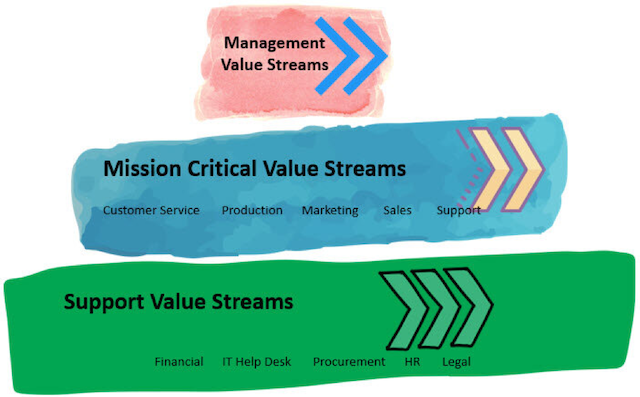
There are many others—from support value streams to operational value streams to management value streams. Here is one way to categorize the aggregate value streams in an organization: Support Value Streams, Mission Critical Value Streams, and Management Value Streams. Digitization and Operational Excellence pertains to all layers—but especially to Mission Critical Value Streams.
iBPM for Digitizing and Automating Value Streams
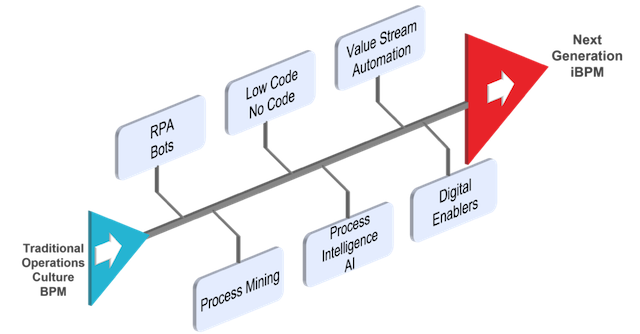
Intelligent Business Process Management platforms have become powerful Low Code/No Code process-centric intelligent application development tools. The value proposition of iBPM with technology and best practices for orchestrating People, Connected Things, Enterprises Applications, and Trading Partners is critical in the post-Covid-19 era.
iBPM has evolved—often with confusing and competing categories such as iBPMS, Digital Process Automation, Dynamic Case Management, High-Productivity Application Platform as a Service, Robotic Process Automation to name a few. The new generation of iBPM incorporates, either natively or through partnerships, many capabilities as illustrated here. Some of the Digital Enables include Cloud, Social, Mobile, Internet of Things, and, most recently, Blockchain.
How about Value Stream digitization and automation?
Digitization is having a tremendous impact on post-Covid-19. The success or survival rate of enterprises will very much depend upon the robust digitization of their value streams (aka value chains—we will use the terms synonymously). Borrowing a compelling perspective from Theory of Constraints: “a chain is no stronger than its weakest link.”
What does that mean for the enterprises that are trying to survive and even thrive in the Covid-19 era? Particularly the ones that are attempting to evolve, improve, and transform its customer experiences (most if not all)? Well, it means customer interactions are not optimized just by focusing on the call center or self-serving customer channel interactions. Optimizing the customer touchpoint interaction is, of course, critical. However, the customer promotion scores (an objective assessment of the customer experience) will depend on the aggregation of tasks that involve multiple business units to resolve the customer request. In other words, the Value Stream from the Customer to the rest of the enterprise.
Value streams are processes that orchestrate tasks and activities involving people, enterprise applications, connected devices, and trading partners.
iBPM is not just about technology, it is also a management discipline with supporting best practices and methodologies. Digital Transformation with iBPM involves four iterative intelligent methodologies:
- Design Thinking Methodology
- Agile Delivery Methodology (Scrum or otherwise)
- DevOps Methodology
- Continuous Improvement Methodology
Here we focus on Continuous Improvement for Operational Excellence through Real-Time Lean Six Sigma.
Operational Excellence through Real-Time Lean Six Sigma
We have been—and continue to be—on the Operational Excellence path, primarily through well-established Lean Six Sigma methodologies. Some would understandably consider “Lean” and “Six Sigma” as passé; these are decades old methodologies. However, the core value propositions of Lean (reduce waste and improve process efficiency), and Six Sigma (reducing variance and improving process quality) are even more compelling in the Covid-19 era!
No other methodology or approach for reducing waste and improving quality has replaced Lean Six Sigma (LSS).
The emergence of Low-Code/No-Code, together with crucial enablers such as Robotic Process Automation, AI, and Value Stream digitization within next-generation iBPM platforms are providing compelling incentives to realize the promise of real-time Lean and Six.

It is known, both from theory and practice, that getting rid of waste (Lean) in internal processes enhances Six Sigma objectives. Six Sigma improves quality, reduces variation, and enhances customer experience. In other words, if there is less waste in the internal operations of an enterprise (Lean), the customer experience will improve in quality and consistency (Six Sigma).
“Real-Time” means improvement is realized while doing the work in automated processes. The next iBPM platform, methodologies, and Center of Excellence best practices become the enablers for achieving Lean and Six Sigma improvements in real-time. Waste is avoided in real-time and value streams in all three categories (management, mission-critical, and support) are kept in control in real-time.
Value-Stream-As-A-Service (VSaas)
The Covid-19 era highlighted the importance of collaboration between manufacturers, healthcare providers, emergency services, and governments at all levels; local, state, and national (or federal). Inter-Enterprise partnership is vital.
Now, Cloud usage is increasing in the Covid-19 era. Cloud is a critical Digital Transformation enabler, and most organizations already had Cloud migration strategies. Covid-19 is accelerating Cloud migration, as illustrated here:
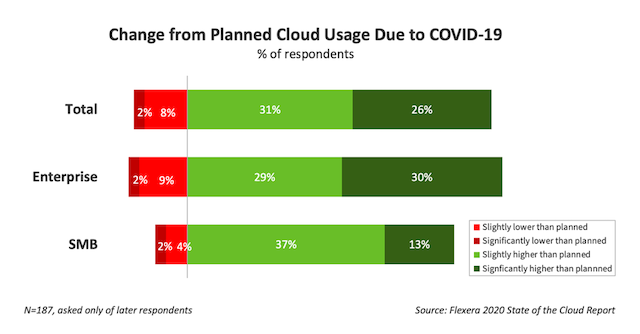
There are many Cloud service and Cloud computing providers. The top leaders are AWS, Microsoft Azure, and Google Cloud. The services are described as “XaaS”—where “X” can be Infrastructure, Platform, Software, or other: “aaS” of course, is “As A Service”—the essence of being provisioned on the Cloud.
Software as a Service (SaaS) is perhaps the most popular type of service on the Cloud. Here, complete business solutions are accessed on the Cloud by clients using Web browsers as well as mobile devices such as tablets or smartphones. The Cloud has become a common delivery mechanism for many applications for collaboration, content management, accounting, human resource management, and customer relationship management.
Value-Stream-As-A-Service is a new model for collaboration involving multiple enterprises or business units. Each Enterprise or its specific business unit will bring the required capability. They can come in to participate or opt-out. VSaaS supports capability “plug-ins” as participants in collaborative Value Streams. Thus, VSaaS supports collaborations between various capabilities of businesses across multiple enterprises. Here are three compelling dimensions of how Covid-19 compels and accelerates the VSaaS model:
- Service Provider plug-ins: The post-Covid-19 world will be an era of accelerated collaboration that will also enable various participants in VSaaS to establish credibility—know your partner—and participate in the end-to-end value stream. The plug-in service providers will be leveraging technologies such as Blockchain, IoT, and Automation with continuous data mining, process mining, automation, and execution.
![]()
- Agility in Manufacturing and Supplying critical parts: There are many sources of potential disruptions to the Supply Chain—including the current pandemics. VSaaS can be automated and provide benefits that precisely target the challenges of interrupted supplies: Just-In-Time (JIT) Inventory Management, Just-Needed-Visibility, Just-Desired Innovation, Just-Required Collaboration, and Just-Predicted Mitigation of Risk.
- Flexibility in Currency Exchanges and Decentralized Blockchain Traceability: Blockchain will increasingly become a powerful enabler for Covid-19 VSaaS solutions. It is the foundation of cryptocurrencies, such as Bitcoin. Blockchains can support inter-Enterprise Masted Data Management. Due to the Covid-19 recession, many countries will face the potential depreciation of their currencies. Cryptocurrencies could potentially be a safer haven in these difficult times.
The following illustrates the end-to-end value stream collaboration of multiple participants in end-to-end healthcare applications. The participants include healthcare providers, emergency services, payers, hospitals, and patients—all leveraging connected devices.

Whether it is for patient wellness, telehealth, or for emergency life-threatening scenarios, the end-to-end health value stream involves multiple parties. With VSaaS, any of the participating entities (Provider, Payer, Emergency, Patient) —can plug in and cooperate. The coordination and cooperation for specific patient healthcare objectives are so critical in the Covid-19 era. The patient, as well as the other participants, are increasingly leveraging connected healthcare devices—that also become part of the end-to-end value stream as described above.
Recommendations
Many enterprises have attempted but failed in transforming themselves – especially achieving the appropriate velocity of innovation and change. Recently, Cisco’s former CEO, John Chambers, indicated that 50% of Fortune 500 companies would not exist in 10 years. Enterprises need to innovate for the customer experiences while at the same time, optimizing their operational Excellence. Therefore, in addition to being responsive to the increasingly demanding digital customer, the Enterprise needs innovations in its end-to-end value streams. An enterprise is an aggregation of value streams. Behind each customer request, customer interaction, or customer disputes, there are value streams that involve multiple business units. The customer touchpoint extends to the Enterprise.
There are two complementary perspectives for operational Excellence; best practices for internal operations through digitizing value streams and best practices involving value streams with trading partners, which is becoming critical in the post-Covid-19 era. Here are the recommendations:
- Think Big, Start Small, and Adjust: When it comes to Operational Excellence with emerging iBPM technologies and best practices, the starting point is prioritization: What are the low hanging fruits? There are robust techniques that create the prioritize backlog of projects, thinking big, starting small, and continuously adjusting as priorities change. In the Covid-19 era, priorities will change!
- Analyze and Re-Engineer Existing Processes: Process Mining is an excellent place to start. It will show you where your bottlenecks are and give you opportunities either to improve, enhance, and then automate where it makes sense.
- Measure, Measure, Measure and then improve: One of the advantages of Real-Time Lean Six Sigma with iBPM is that the “Measure” phase of process improvement comes for free. You can align your Critical To “X” measures (where “X” can be Quality, Cost, Compliance, Revenue, Customer Experience, or anything else) in real-time. Process Improvement as a priority: Real-Time Lean Six Sigma.
- VSaaS Partner Ecosystem: Covid-19 is compelling organizations to seek dynamic partnerships. VSaaS is an excellent approach to allow partners to be ratified and then plug in their services in the end-to-end Value Stream, such as Supply Chain. Technologies such as IoT and Blockchain, as well as AI, will be great enablers for the end-to-end solutions. VSaaS is the next phase in the evolution of the Cloud.
In the Covid-19 era, being an enterprise in motion is a must!
This is a ten-part article series centered around Digital Transformation Debts in the wake of the Covid-19 pandemic. Be sure to check out all ten articles!



